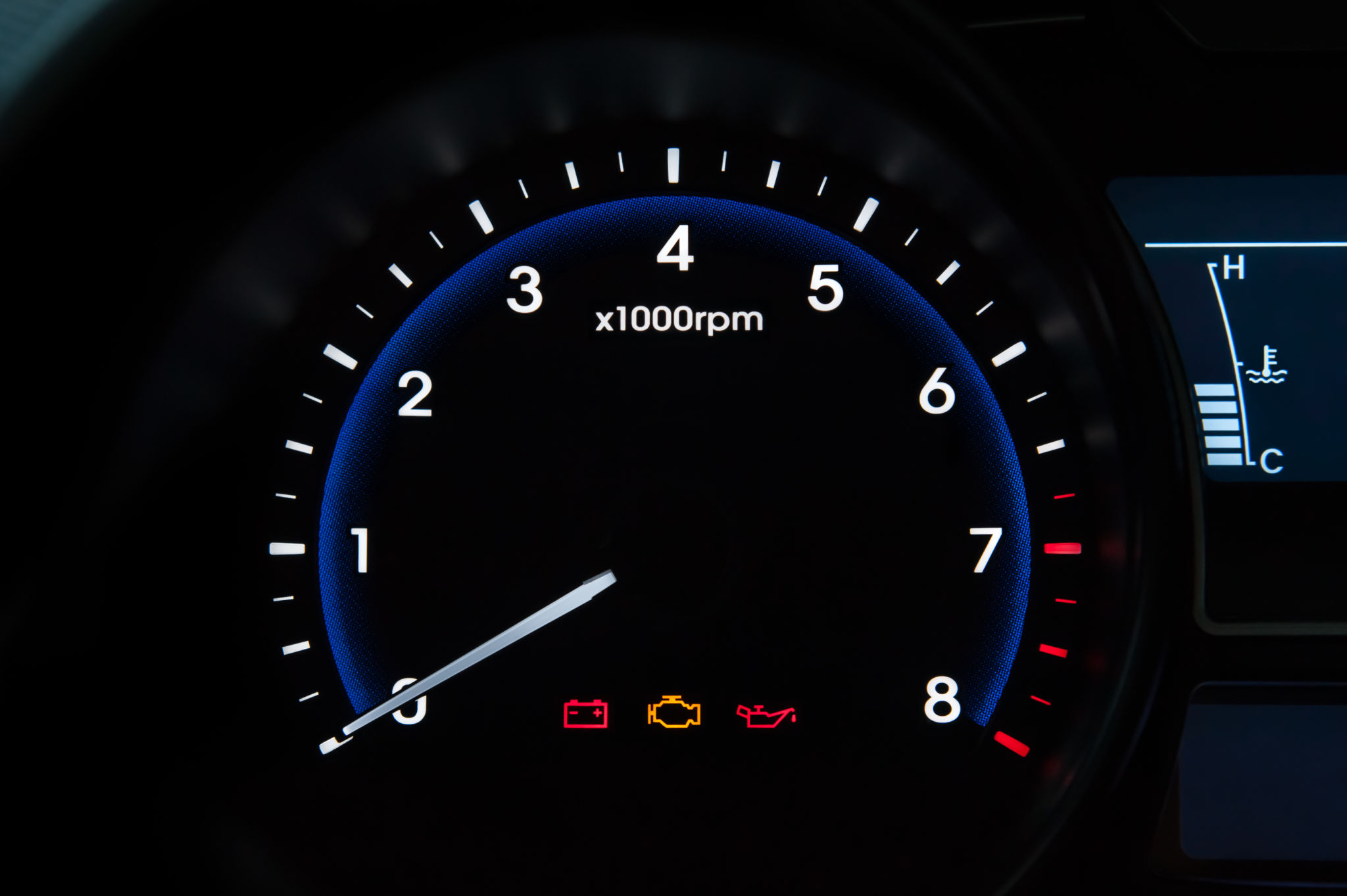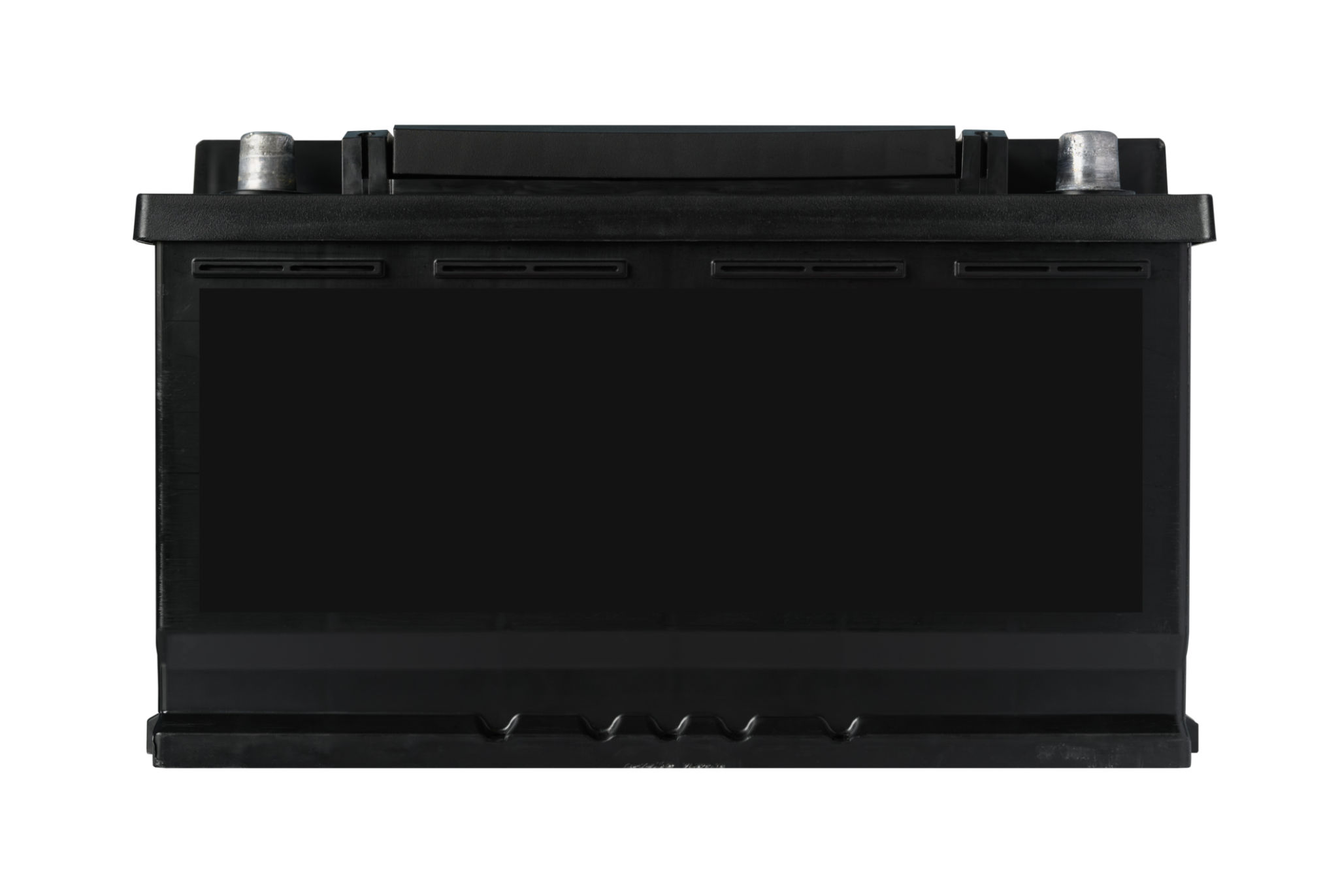Top 5 Common Car Dashboard Lights and What They Mean
Understanding Your Car's Dashboard Lights
Your car’s dashboard is a vital source of information about the vehicle's health and functionality. The lights on your dashboard serve as indicators for various systems, and understanding them can help you address issues promptly. Below, we explore the top five most common dashboard lights and what they mean for your car.

1. Check Engine Light
The Check Engine Light is perhaps the most well-known dashboard indicator. It can illuminate for a variety of reasons, ranging from a loose gas cap to more serious engine troubles. When this light comes on, it’s advisable to have your vehicle checked by a mechanic as soon as possible to prevent further damage.
2. Oil Pressure Warning
The Oil Pressure Warning light indicates that the engine is not receiving adequate oil pressure. This can be due to low oil levels, a faulty oil pump, or a blocked oil filter. Ignoring this light can result in significant engine damage, so it’s crucial to address it immediately by checking your oil level and consulting with a professional if necessary.

3. Tire Pressure Monitoring System (TPMS) Light
The TPMS light alerts you when one or more of your tires are under-inflated, which can affect your car’s handling and fuel efficiency. Maintaining proper tire pressure ensures better traction and longevity of the tires. If this light comes on, check your tire pressure and inflate them to the recommended levels.
4. Battery Alert Light
The Battery Alert Light suggests an issue with the vehicle's charging system. This could mean a failing alternator, battery, or another component of the electrical system. When this light appears, it's important to have your vehicle inspected to prevent a breakdown due to battery failure.

5. Brake System Warning Light
This light can indicate several issues, such as low brake fluid or a problem with the ABS (Anti-lock Braking System). Driving with brake issues is unsafe, so if this light comes on, check your brake fluid levels first and consult a mechanic for a thorough brake system inspection.
Conclusion
Understanding these common dashboard lights can save you time and money by allowing you to address potential issues early. Regular maintenance and prompt attention to warning lights will keep your car running smoothly and safely on the road.
Remember, when in doubt about any dashboard light, consulting your vehicle’s manual or a professional mechanic is always a wise choice.
